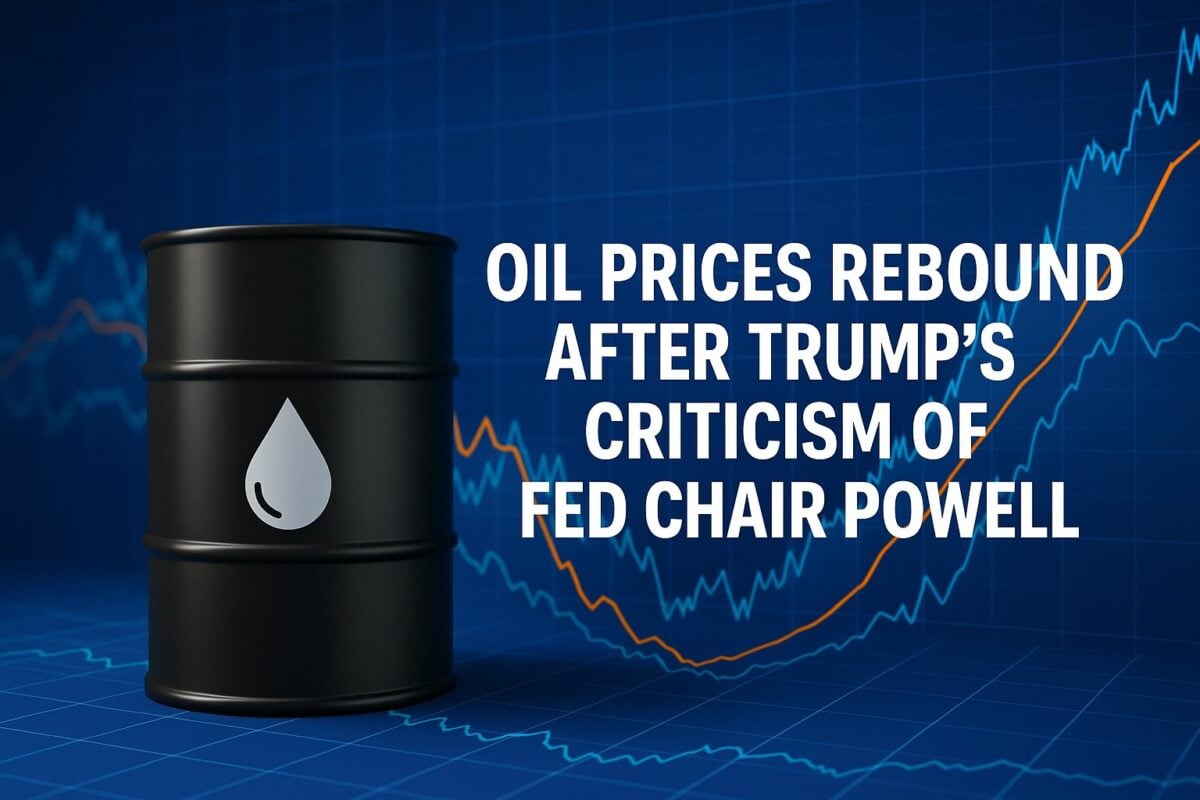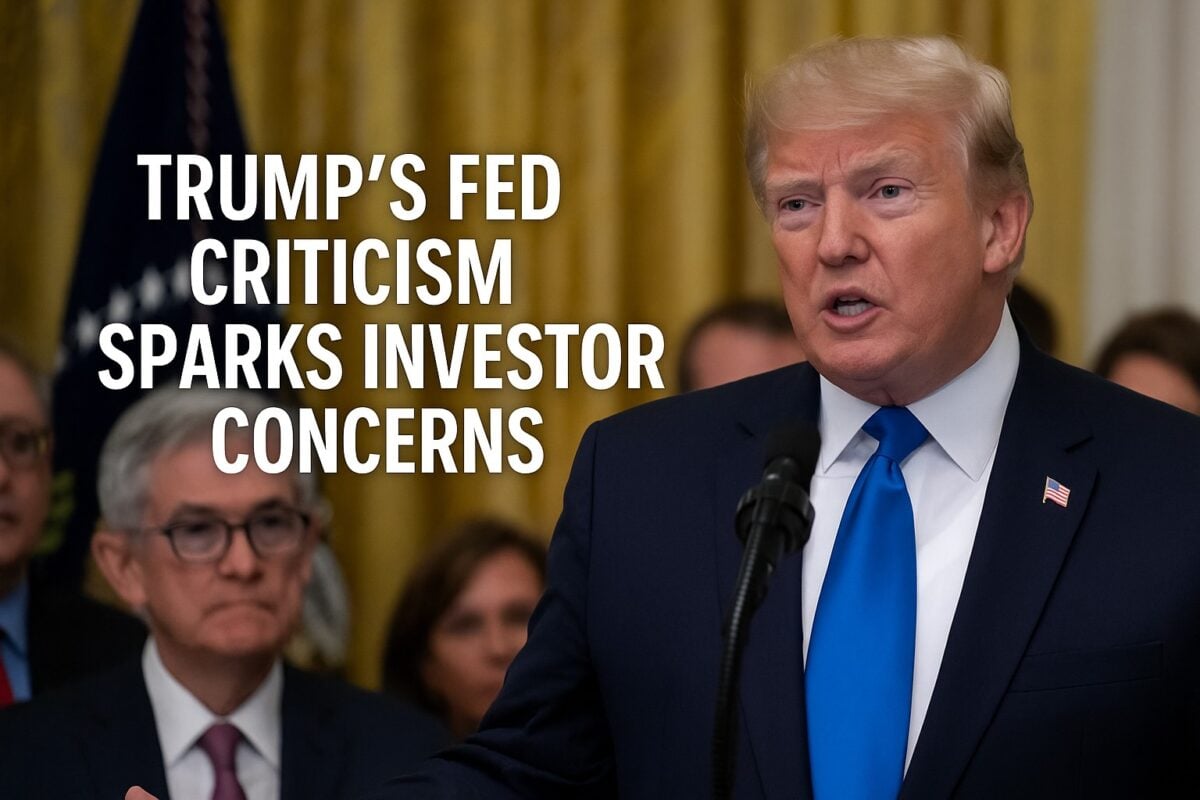
How to Buffett our way through challenging economic times
It is 2am on Saturday, May 4th. in Omaha, Nebraska, the United States (US) and an unusual phenomenon can be observed. People from all walks of life have already begun queueing up all night to meet a man who they all say has changed their lives. By the time the doors of the conference centre open at 7am, there are thousands of them, but they are not waiting for a pop star or a politician or even a famous health guru. Rather, they came from all over the world to meet a 93-year-old.
Over the years analysts and investors have noted how successful Warren Buffet has been, and they have given him the title “The Sage of Omaha” or alternatively “The Oracle of Omaha.” And because of his financial wisdom and standing, people make that trek every year to Nebraska to metaphorically sit at his feet at the annual shareholders’ meeting. This sort of quasi-pilgrimage attracts all sorts of personalities from the world of finance and business. There are Berkshire shareholders, to be sure, but also a host of CEOs and bankers with everyone having an interest in knowing what the wise one is predicting for the future. Among the attendees this year is Apple Corporation CEO Tim Cook, not surprisingly because Apple is one of the stocks held by the Berkshire portfolio.
Because of his success and financial acumen across more than half a century, Mr. Buffett is a man who is hailed and lauded throughout the world of business and finance. He has been making his money on the stock market for almost 60 years using time-honoured traditional investment strategies, and he is still doing so today. Many people have followed these strategies and achieved success and they simply want to meet the man, to express their appreciation and maybe have some of the stardust rub off.
Many people who invest in stocks and shares desire to achieve similar successful results to the ones he has realised, but very few go about it the same way. In a way, this is very strange. He is successful, but he has made no secret of his methods and strategies, and they have been widely broadcast and published. Not only this, but they have been bringing him success for almost 60 years. His strategies have tended to be traditional ones, relying on good economic orthodoxy, and maybe they are just not flashy enough for some people. However, he has been content to be the tortoise in an investment world with altogether too many hares.
The following are a few of his quoted sayings:
“Someone is sitting in the shade today because someone else planted a tree a long time ago.” Or in other words, do something which is going to last. Don’t just look for a quick result. For some things there are no short-cuts. Do the right thing, and then be patient and wait. If you do that, then both you and others can benefit.
THE REST IS ONLY FOR PREMIUM PAYERS
Here is another subtle saying. “Time is the friend of the wonderful company, the enemy of the mediocre.” Or in other words, look for the company that concentrates on solid business principles and does things right rather than the one which goes after flashy short-term fixes. The flashy one might look good and even be alright for a bit, but it won’t stand up in the long run. Anything mediocre will be exposed, eventually.
Berkshire Hathaway (Berkshire) started out as a textile manufacturer in the 19th Century, but that line of business is now long gone, having become unprofitable in the United States because of cheaper labour to be found overseas. Its main business activity these days is one of investing in good solid companies with good fundamental figures and good prospects for future growth. This sounds very simple, but then the whole policy depends on who decides which companies offer such “good” prospects.
Enter Mr. Buffett who began with the company in 1965 and has held the post of CEO from 1970 until the present. He has helped his company to return growth figures of almost 20 per cent per year for each of the intervening 59 years. That would be an impressive performance over even a few years, but to do for over five decades is quite unique.
But maybe the sceptics among us will ask whether this growth figure is all above board. After all, has someone been cooking the books and massaging the figures to achieve these kinds of constant returns? After all, is it even possible for a business to consistently achieve growth of 20 per cent per annum?
Fortunately, we need not fear any underhand methods in the Berkshire story. To clarify, the company does not beat the market every year because that would be almost impossible. However, it has done so for no less than 39 years out of those 59 years, which is not bad going. And when it does do better than the market, it has often outperformed it by a significant margin, with this sometimes occurring when the rest of the market has one of its periodic bouts of madness.
This is because the value-focused Warren Buffett approach avoids getting caught up in foolish investment manias such as when the S&P 500 Index lost 9 per cent in 2000 as the dot.com bubble took in a lot of speculative money and then burst. That year Berkshire returned nearly 27 per cent. In 2022 it was up 4 per cent while the S&P 500 lost 18 per cent. According to another of Warren Buffett’s sayings, “Look at market fluctuations as your friend rather than your enemy; profit from the general folly rather than participate in it.”
Warren Buffett is clearly a remarkable investor. He understands the difference between picking stocks and owning a business. And that is why his preference is to buy companies with what he calls extraordinary economics and to hold them for as long as possible. Not for him is the policy of the sharp speculator who seeks to get in and get out quickly with an eye to making a quick buck. This kind of economic behaviour is alas all too common with those involved in day trading, but there are many who think that the latter is no more than a risky form of white-collar gambling.
Rather Mr. Buffett looks for the company offering good value, and then he buys into it with a view to helping it produce even greater value in the future. To paraphrase another of his sayings, he has stated that he likes the kind of investment where there is such good potential that he would be perfectly content even if the stock market were to close for five years the day afterwards.
However, as Warren Buffett looks for that “good value” investment, he also understands that no business owner will knowingly give away this kind of asset on the cheap. The remarkable performance of Berkshire has only been possible because, in parallel, he has also often taken advantage of the market’s tendency to do exactly that from time to time. In other words, he has been able to spot that excellent opportunity which the market had undervalued for one reason or another.
Warren Buffett has earned and maintained this reputation as the Sage or the Oracle of Omaha over these many years, and therefore it is worth looking at the key investment rules which he has used to attain it:
His first rule is that one should never lose money on any deal. One might suppose that this would be obvious, but this is what the great man himself emphasises. He says that this is the most important thing, being the foundation of his entire investment philosophy. He believes that it is more important to protect capital than to try to make a quick profit, and he is willing to pass up on investment opportunities if he is not confident in the company’s long-term prospects. By following this rule, he has been able to minimize his losses and maximize his returns over time.
The fundamental principle here has been to look at various stocks as a business and to use the market’s fluctuations to one’s advantage. By doing this, he is seeking a margin of safety. This is a term coined by Professor Benjamin Graham at Columbia Business School in a seminal 1934 book named Security Analysis, and Warren Buffett was one of his students in the 1950s. The margin of safety (sometimes known as the safety margin) is the difference between the intrinsic value of a stock and its market price.
He has emphasized his first rule “never lose money” to such an extent that he has often said that his second rule is simply to never forget that first rule.
The third rule is to focus on the long term. Warren Buffett is a long-term investor and believes that it is more important to focus on the future potential of a company, rather than any sort of short-term performance. This would appear to be in complete contrast to most people who follow the American stock market and who are normally obsessed by the performance achieved during the latest quarter. But Warren Buffett is not alone in thinking that judging a company by what happened in the last three-month period is a very inadequate way to decide policy.
So, what he does is to invest in companies with a durable competitive advantage, with strong management, and with a history of growth over the years. Then he holds on to these investments for the long term, taking advantage of the power of compound interest and accumulating wealth. He has said that his favourite holding period is “forever”.
Warren Buffett’s fourth rule is to know and have a deep understanding of the industries and the companies one is investing in. Otherwise, how can one ever really know about all the features mentioned above under the third rule. Therefore, he takes the time to thoroughly research each investment opportunity, looking at factors such as the company’s financial results, its competitive advantage, and its management team. By following this strategy, he can make informed investment decisions and minimise his risk. He has openly stated that he won’t invest in any business until he fully understands it.
The fifth rule is to invest in companies which have honest staff. After all, these will be the people one is handing one’s money to, so it is worth taking the time to find out what they are like.
These methods have set his company on a solid base. Let us look at some of the Berkshire fundamentals. At present it has $189 billion in cash, cash equivalents, and U.S. Treasuries on its balance sheet, and Warren Buffett intimated during the annual meeting that the company is on its way to exceed $200 billion in its war chest by the end of June 2024. That is a lot of money by any standards. It’s a larger sum than the Annual Gross Domestic Product of two thirds of the world’s countries. But this is what he has earned over the years by seeking good growth and being careful to husband and nurture the assets in which he has invested.
For example, one American stock he has owned for over half a century is the Government Employees’ Insurance Company (GEICO). The thing about a well-run insurance company, and of course he has made sure that it has been well run, is that it accumulates all those premiums over the years and constantly builds up a big pile of cash. This can be invested in US Treasuries and other safe places so that it continues to grow bigger and bigger using that principle of compound interest. Claims will naturally need to be paid from time to time, but the premiums are set to cover these, and the rest will continue to grow.
In Berkshire’s case, it has hardly ever paid out any dividends, not because it could not do so, but because it decided years ago that it did not want to. The Oracle was effectively saying that his shareholders should just trust him to make their piles of wealth grow ever bigger and bigger.
With that in mind, one thing that Berkshire has been doing recently is to use some of its money to buy back its own shares. During the quarter ended March 2024, the Sage wasn’t shy about using some of that cash pile to buy back his own company’s stock. Thus, a total of 4,232 Class A shares were repurchased during this first quarter for $2,572,710,359. That is no less than $2.5 billion! This marked the 23rd. consecutive quarter in which he has overseen the repurchase of his company’s stock. In fact, over $77 billion of capital has been deployed to buy back shares in the last six years.
Since Berkshire doesn’t pay a dividend, continually buying back stock is Warren Buffett’s way of rewarding his faithful shareholders. Share repurchases steadily increase the ownership stakes of all his long-term investors. As a company’s outstanding share count declines, remaining investors own an incrementally larger stake of what remains. This is the type of mindset and ethos that Warren Buffett wants to promote to his company’s shareholders. It is also the ultimate vote of confidence in the future of the company.
At present, Warren Buffett is one of the five or so richest men in the world, but he is a remarkable example of how not to let money get in the way of doing the right thing. He has lived a modest life in the same house he has lived in for the last 50 years, and he continues to drive the same car as he has done for years. He has pledged to give away 99 per cent of his wealth, and in fact he has already begun to do so.
Unlike many leaders of big companies, Warren Buffett continues to treat his co-shareholders as if they really matter. One cannot fake this kind of dedication. To him they really do matter, and they sense this. Hence the attendance at the shareholders’ meeting. This dedication is in complete contrast to the directors of so many public companies. In theory the shareholders own the business, and they get to vote on important issues and the directors are supposed to listen to what they want. But alas, in practice this so rarely happens, and the directors often end up doing what they want, with small shareholders powerless to prevent them. But Mr. Buffett not only looks after shareholder value, but every year he is also willing to sit with his shareholders for five hours or more, taking and answering questions.
On reflection it is very refreshing to learn about the business ethics and 60-year success of Warren Buffett. Over a similar period, there have been so many businessmen who have hoodwinked investors, who have stolen money, who have operated fraudulent scams, and who have declared bankruptcy to avoid paying their debts. Some have gone to jail, and others have done things, but somehow avoided going to jail. After looking at them, it is just pleasant to know that by hard work and intelligence, and by doing things in a moral and proper way, there is someone who found it possible to succeed way beyond most of his peers.
May 15, 2024
The Berkshire Hathaway Inc. is a company which has done very well over the years. In fact, it has done so well that if one wishes to invest in its Class A Stock (BRK.A), each share is worth no less than $612,100 as at close of business on May 8, 2024. This makes it by far the most expensive stock on the New York Stock Exchange (NYSE). It also means that one needs a lot of liquid funds to even consider making such an investment.
However, fortunately for anyone wishing to get into the company as an investor, there is also the Class B Stock (BRK.B) which recently had a buy price around the $400 mark. The main difference between the Class A and Class B shares, aside from their price, is that the Class B shares don’t have as much voting power as the Class A shares. However, that need not be a deterrent to the average investor. Because of the way a few investors hold large amounts of the stock, one would have to own a very large amount for it to make much of a difference.
May 27, 2024.`);
} else {
$(‘.blur’).css({
‘background’: ‘linear-gradient(95deg, #4e4e4e 25%, #000 45%, #bbb 75%, #FFFFFF 100%) 98%/200% 100%’,
‘text-transform’: ‘inherit’,
‘-webkit-background-clip’: ‘text’,
‘background-clip’: ‘text’,
‘-webkit-text-fill-color’: ‘transparent’
})
$(“.wpb_content_element”).append(`
Want to read more?
Click on the button below to access all premium content articles by purchasing one of our educational packages
`)
}
});
} else {
$(‘.blur’).css({
‘background’: ‘linear-gradient(95deg, #4e4e4e 25%, #000 45%, #bbb 75%, #FFFFFF 100%) 98%/200% 100%’,
‘text-transform’: ‘inherit’,
‘-webkit-background-clip’: ‘text’,
‘background-clip’: ‘text’,
‘-webkit-text-fill-color’: ‘transparent’
})
$(“.wpb_content_element”).append(`
Want to read more?
Click on the button below to access all premium content articles by purchasing one of our educational packages
`)
}
});


